Dr. Hattori and her husband watch footage of brain surgery experiments with Manchurian, Russian and Japanese guinea pigs that had been found in the basement of a wrecked hospital. Out of the blue, there is a white light and when they look back, they see they children Ota Miyuki and Kaori staring at the light. Years later, Miyuki vanishes from the Tama Medical University Hospital and her sister Kaori, Miyuki’s boyfriend Motojima and detective Hirasawa are seeking her. However, Miyuki and the teenagers Kazochi, Takumi, Hattori and Rieko have been submitted to a nightmarish experiment by Dr. Hattori and her team with tragic results.
REVIEW:
The Sylvian Experiments which originally arrived under the name of Kyôfu, is a hard film to follow. I realized at about an hour into the movie that I really didn’t get the direction it was going and vaguely what the film was even about. But in an effort to review it, I gathered what facts I could along the way.
We open on Dr. Hattori (Nagisa Katahira) and her husband watching some old tapes that were documented on the experimentation of the sylvian fissures located in the temporal lobe of the brain. The experiments as we are explained were conducted to unlock a rather special part of the brain thus gaining a closer relationship to the spiritual revolution. Apparently as electric stimulus was applied it also resulted in hallucinations for the subject. The experiment had some weird effects that released a bright light memorizing those who looked into it.
Next we are finding Miyuki (Yuri Nakamura) waking up to what she is being told is the afterlife and that she has died. We switch to a scene where a group have made some kind of suicide pack ending as a car full of doctors pluck them away when they fall unconscious.
Kaori, Miyuki’s sister is now on the search for her and is also brought into some of these experiments. Dr. Hattori has no problem experimenting on her own daughters which really begins to confuse the plot, the direction and what we are supposed to be watching on screen. Asit reads “Miyuki and the teenagers Kazochi, Takumi, Hattori and Rieko have been submitted to a nightmarish experiment by Dr. Hattori and her team with tragic results.”
The Sylvian Experiments is one of those films that are weird for the sake of not being really connected thru much of the premise. The movie is far from an art film or surreal cult kind of thing, instead it comes across as hard to watch for being overly drab and confusing. Even with a movie like “VideoDrome” we understand what all the weird visuals are leading up to. In The Sylvian Experiments, this is not the case. I know this was intended to be a horror film, but fails event in that category. Sure their are some scenes with brains exposed and a few ghostly overlays….but that surely isn’t enough to warrant genre connection.
I usually really enjoy Asian films for their incentives especially in the horror realm. Sometimes you may have to try harder with the cultural differences and subtitles but at least you can stay with the directive. This was not the case here, and I began to wonder why the movie was picked up by Lionsgate who usually make good choices. I began to do some research so that I could make some kind of evaluation of a movie I couldn’t follow. It was apparent by lack of, that I wasn’t the only one who didn’t get the plate being served.
The Sylvian Experiments wasn’t weird cool, wasn’t surreal inventive or even hip Asian…it was plain stupid, and a total mess. To be honest, not only would I not recommend rental or purchase, but I would have to suggest you ignore this completely….EVEN if it ends up in cutout bins.
The Sylvian Experiments is now available on DVD per Lionsgate Entertainment
The Sylvian Experiments (2010)
 Horror News | HNN Official Site | Horror Movies,Trailers, Reviews
Horror News | HNN Official Site | Horror Movies,Trailers, Reviews

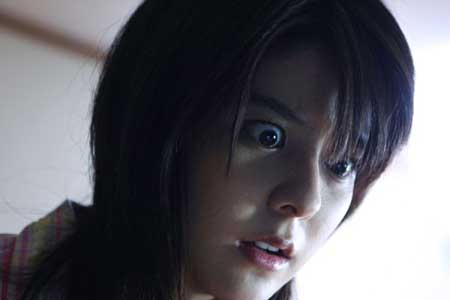
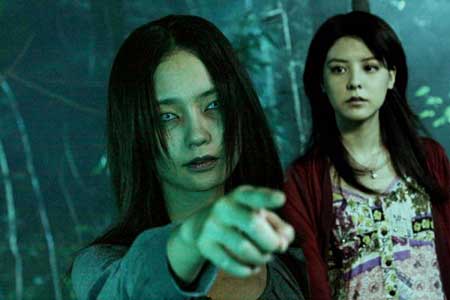

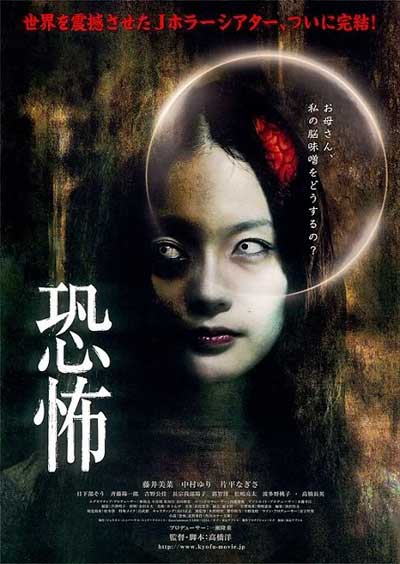
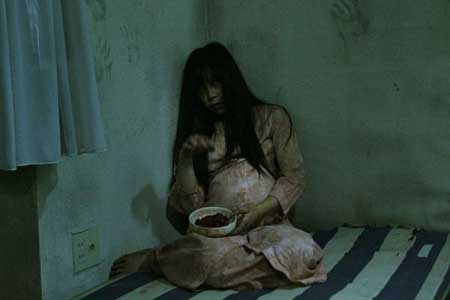



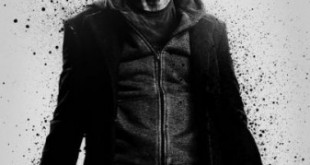
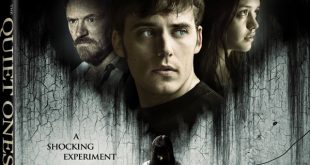
The reason there is a disjointed narrative is because the entirety of the film is a dream sequence, as revealed in the final scene when we see that none of the young adults were actually removed from the van. The film’s protagonist, the daughter of the neurosurgeon, is dreaming as she enters death, and the plot is inconsistent because, like dreams, the narrative is moved through a stream of consciousness which is not confined to any sort of consistency.
While you’re probably correct, the writer didn’t commit to that plot completely, because one of the people in the van was left with a wound to the head. That singular detail makes it difficult to write off as a death dream.
Yet most other details support that. The mother even becomes an ironic figure; vouching that only she can tell hallucination from reality, yet telling Miyuki that her afterlife is real. I feel the nurse at the beginning is probably the most important figure for a death dream, yet she is given the least attention by the plot.
Essentially, the movie couldn’t commit to any single story. It used too many elements that were irrelevant to whatever the plot was meant to be.